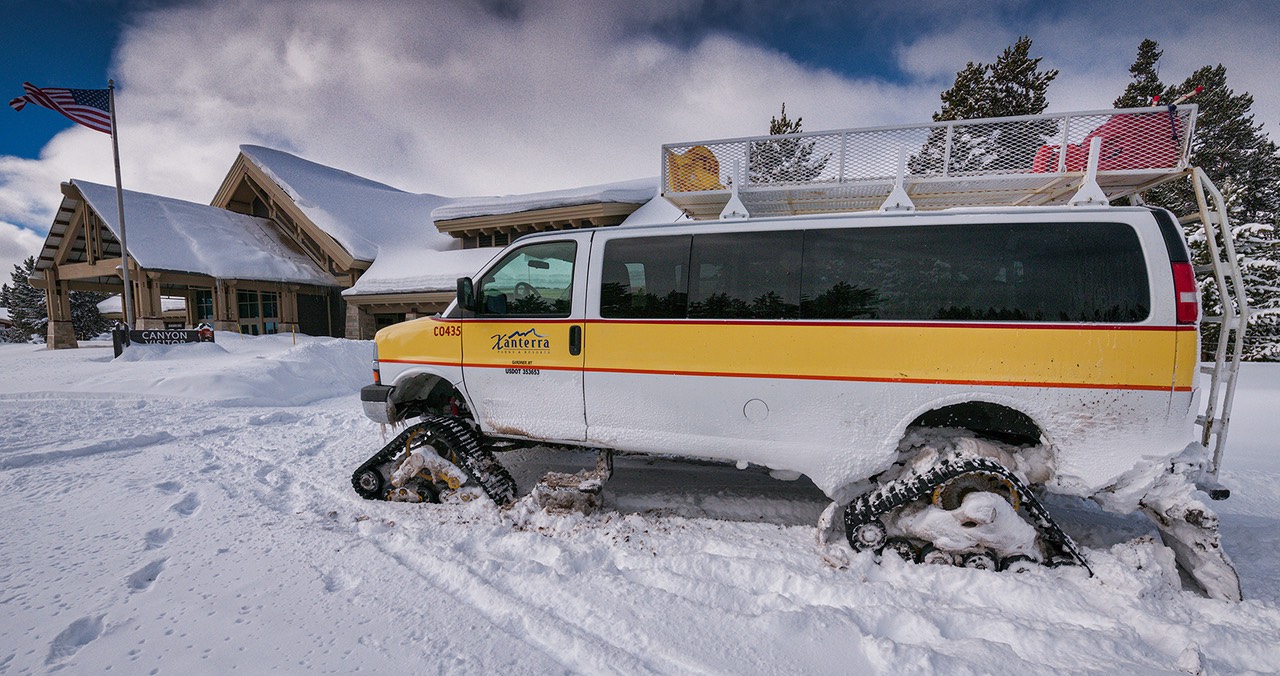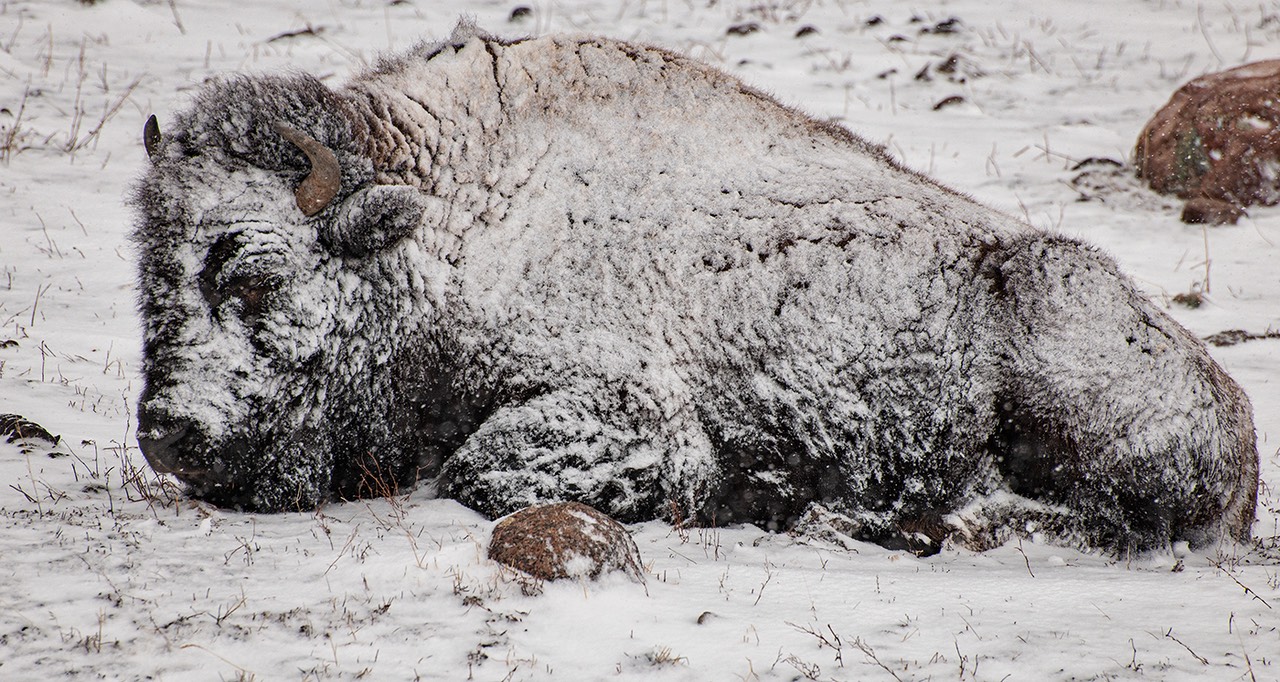
Somewhere in the back of your camera's manual, you're going to find the following line:
- Temperature range: 0°C to 40°C (+32°F to 104°F)
My iPhone tells me the outside temperature as I write this is 21°F (-6.1°C). Does this mean I shouldn't go outside and take photos?
No.
The temperature range value that is published in specifications and manuals is a lawyer-approved number. Generally it comes from examining the lawyer-approved numbers of parts suppliers ;~). In almost every Nikon camera I've seen—which is all of them—the temperature range listed by Nikon is actually exactly the same as the image sensor supplier specifies.
Generally I worry about heat more than cold when it comes to cameras. I've used my cameras for prolonged periods of -20°F (-29°C) without any real problem. Cold generally isn't a direct challenge to electronics (with one exception). Indeed, image sensors tend to be chilled by astrophotography buffs because this minimizes sensor-produced noise.
Still, there are things you need to be concerned about in the cold:
- Battery efficiency. While the lithium-ion batteries we use these days are far better in cold than alkaline, NiCad, or Nickel-metal Hydride ones, extreme cold still increases resistance within the battery. This means fewer shots per charge. Unless you take the battery out from time to time and swap it with a fully charged one you kept warm. When shooting in winter I keep an extra battery in an internal pocket under all my down/warmth clothing layers. From time to time I swap batteries between pocket and camera. Doing this can net you close to your usual total shots per charge, though some batteries do have a minor increase in discharge rate when cold. Keeping your batteries warm in cold conditions is something you should always do.
- LCDs (the exception I mentioned). The materials used in most LCD screens can freeze. As LCDs get cold, they start to become sluggish, eventually just turning black. I've shot with "sluggish LCDs" before. Generally, the LCDs on a DSLR are just reporters of what's going on, not things that are active in the actual picture taking. The EVF in mirrorless cameras would be a concern at extreme cold temperatures, though, as your ability to compose would become an issue. It certainly helps to keep the camera protected from the things that make it cold. B&H sells the Ruggard DSLR Parka [advertiser link], which is just like what it sounds: a jacket to keep the camera warm(er). It's slightly awkward, but it works.
- Humidity (condensation). Probably the worst winter cold issue is moving between hot and cold areas, particularly when one or both have high humidity. As in moving from outdoors to indoors or a vehicle, or vice versa. The photo that illustrates this article also illustrates this point: we keep the vehicle interior unheated as we travel. Even then we have to be careful that our body heat and moist breath doesn't get out of control within the vehicle. What we're trying to avoid is condensation: when a big change in temperature coupled with any moisture in the air can produce water on surfaces. I've seen image sensors completely wet out in extreme cases, requiring not only drying but intense cleaning to get them back to useful. Air (and the moisture in it) is your enemy here, not so much temperature, so the classic case is to put your camera and lens into a a zipper lock bag with as much of the air removed as possible when transferring between extreme temperature variations, and then let the gear acclimate to the new temperature before opening the bag.
- Lubricants and moving parts. We still have moving parts in our cameras, most notably the mirror (DSLRs), shutter, and lens aperture/focus motors. These can be an issue at extreme cold, but generally I don't worry too much about this and haven't found them to be the "failure point" in my cold-weather shooting. Something else gives up the ghost first. But—and here's where all you plastic phobic folk need to come to grips: metal expands and contracts with temperature. Those old all-metal lenses don't do so well in extreme cold. Modern lenses that use materials other than metal in the drive cams (for focus and zoom) do far better.
- Super cold. Probably the most vulnerable all-electronic component to cold would be the capacitors in your gear. They have materials that can freeze and then destroy function when thermal expansion later occurs. I can't get anyone to agree on at what point you'd have to really worry about this, but most electronics parts have a minimum storage temperature of -40°C or lower, so you'd probably have to be really pushing things to truly damage such a part solely by cold.
- Breakage. I've seen plastic parts and even cables break in extreme conditions. They freeze and then the materials they are made of are more "brittle" and susceptible to a piece snapping off or they will break into pieces. It's got to be very, very cold for this to happen, typically something in the -20°F (-29°C) area, but it can and does happen. So as temps keep dropping, you probably want to be paying more and more attention to things like this.
So now on to some physics ;~).
Cold (or heat) transfer happens in five ways: conduction, convection, radiation, conversion, and evaporation. We generally don't worry as much about radiation, conversion, and evaporation in the winter with our cameras. It's the first two that are going to cause us the most problem:
- Conduction. There is physical contact between the hotter/colder things, and a large difference in temperature. Conduction happens from the hotter surface to colder surface. Setting your camera down on an iceberg would produce conduction. Thus, be careful of what your camera is doing when it's not in use. Did it you set it down on something colder than it? The camera will move towards the temperature of that surface.
- Convection. A surface interacts with a fluid/air. Using your "warm" camera in "cold" air produces convection where the camera attempts to heat the air. The faster the fluid/air flow, the faster convection occurs. Again, pay attention to your camera when not in use. If it's just sitting exposed to the cold air on a tripod, it's probably producing a convection state, and getting colder. You can mitigate this some by putting a small blanket or other wrap around the camera (again, consider the Rugged DSLR Parka). The one time when this might not be the right thing to do is when the sun is out and is serving as a radiation source that might warm your camera.
So how extreme can you go? Consider this:
Temperature was well below 20°F, which is why the warmth of the camera is melting the snow. These conditions produced images of other objects equally as well weather-encrusted:

Which brings me to this: when you take your camera into extreme conditions to get photos like this, you also need to be prepared to mitigate all problems. Cold isn't always the sole issue you're dealing with. Remember what I wrote about condensation, earlier? Well, if I had taken that D3X immediately into the warmer vehicle—even unheated it would be way warmer than the outside, and with bodies inside it would get warmer—all that moisture on the camera would have produced additional problems for me. I carry a travel towel to wipe down the gear and get this level of moisture off it, particularly before transferring it between cold/warm or warm/cold. In extreme cases, I'll towel the gear and then immediately bag it, with a desiccant in the bag and as much air removed as possible. In extreme cases, I've left my camera outside. Obviously, that doesn't work so well if you're going to drive to another site, but in the US and Patagonia while camping in winter I've often left my camera outside my tent so that it doesn't warm and isn't subjected to condensation (but bring your batteries in and keep them warm!). Likewise, during lunch breaks in Yellowstone during the winter, I didn't bring my camera inside.
